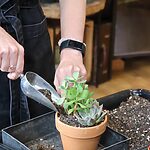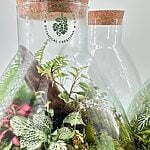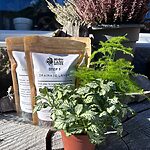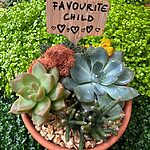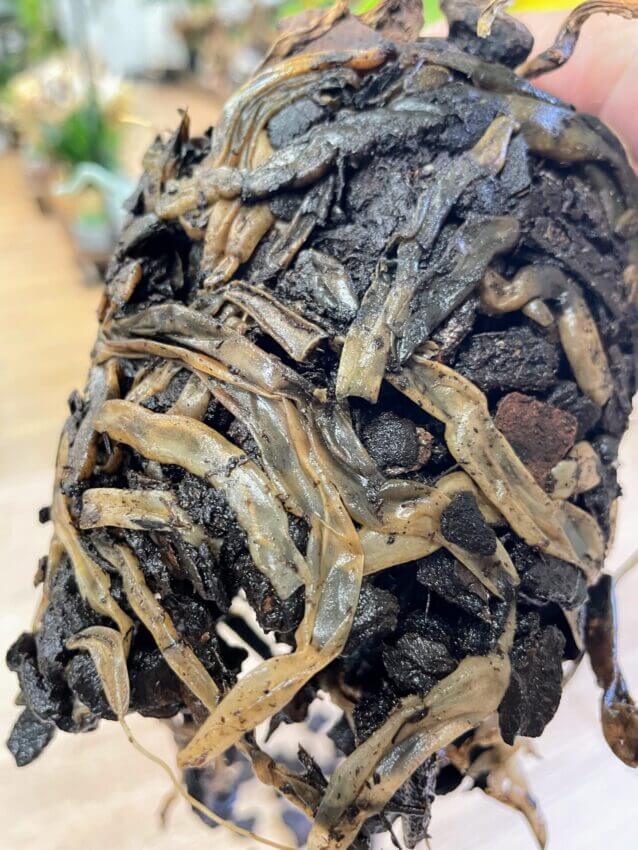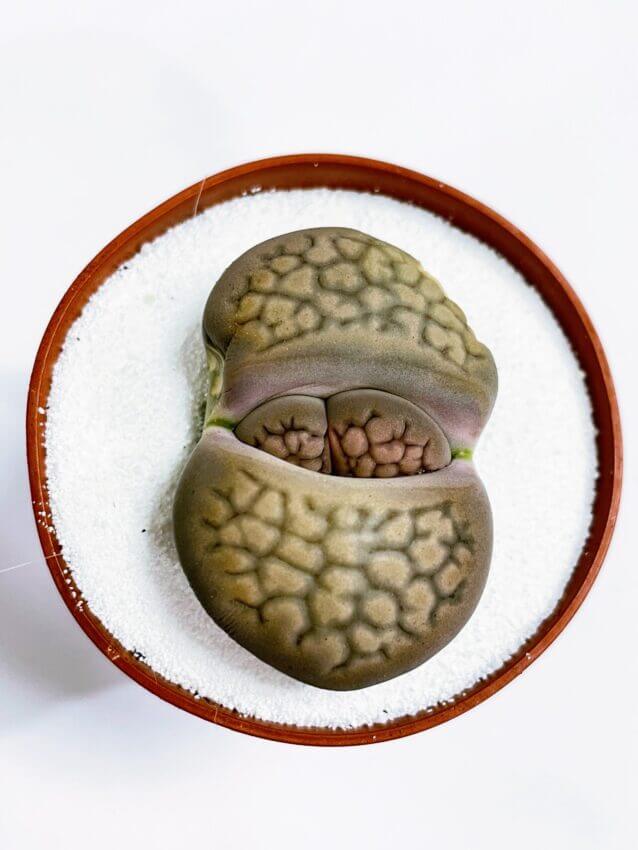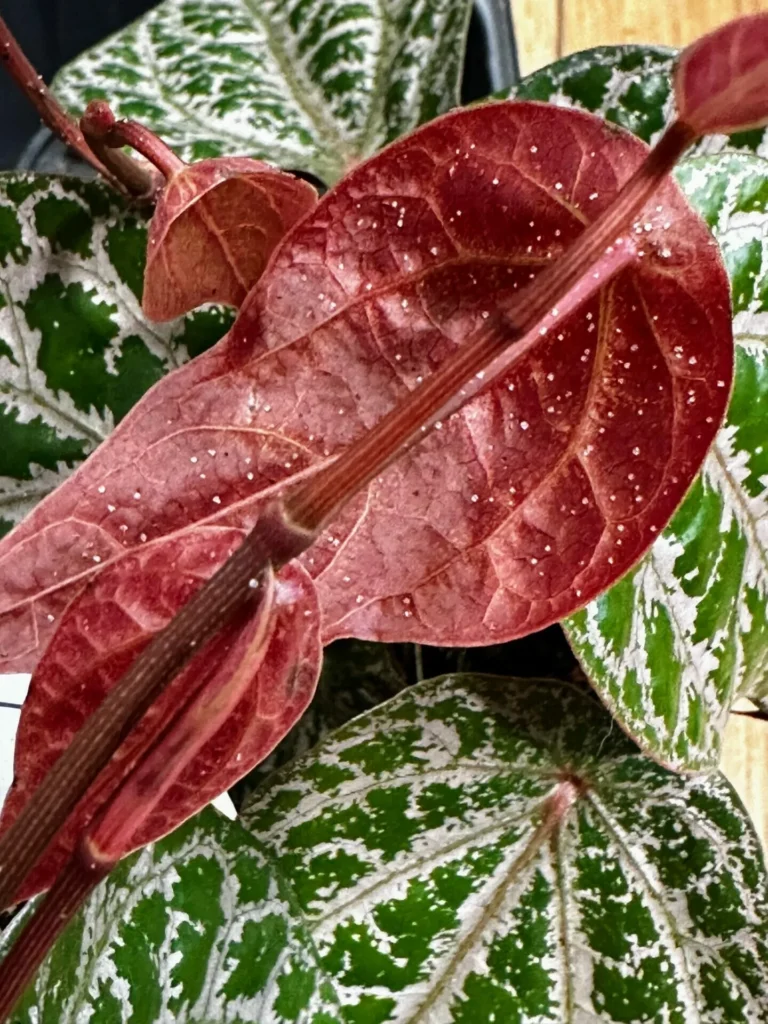Highland Moss plant care
This guide will show you how to identify fungus gnats, prevent infestations, and get rid of them naturally with safe and effective treatments.
Fungus gnats (Sciarid flies), also known as small black flies in houseplants, are tiny, winged pests that thrive in daHave you spotted small black flies in your plant soil or buzzing around your pots?
These are fungus gnats (Sciarid flies), often called black flies in houseplants. They thrive in damp compost and quickly multiply, laying eggs that hatch into larvae which feed on organic matter and delicate roots. Left untreated, infestations can weaken or even kill your plants.

Understanding the Fungus Gnat Life Cycle
Fungus gnats reproduce quickly, so breaking the cycle is key.
- Egg Stage – Laid in moist soil, hatching within 3–6 days
- Larvae Stage – Tiny, legless larvae with black heads feed on root hairs and organic matter for 10–14 days
- Pupa Stage – Lasts 3–4 days before adults emerge
- Adult Stage – Live 3–7 days but can lay up to 200 eggs, causing rapid infestations
They thrive in warm, humid indoor conditions between 21–28°C, making houseplants the perfect breeding ground.
Understanding the Fungus Gnat Life Cycle
Fungus gnats reproduce quickly, so breaking the cycle is key:
- Egg Stage – Laid in moist soil, hatching within 3–6 days
- Larvae Stage – Tiny, legless larvae with black heads feed on root hairs and organic matter for 10–14 days
- Pupa Stage – Lasts 3–4 days before adults emerge
- Adult Stage – Live 3–7 days but can lay up to 200 eggs, causing rapid infestations
They thrive in warm, humid indoor conditions between 21–28°C, making houseplants the perfect breeding ground.
How to Prevent Fungus Gnats
Stopping fungus gnats before they take hold is always easier than curing an infestation.
- Adjust Watering Habits
- Overwatering is the main cause of fungus gnat problems.
- Allow the top 2–3 cm of soil to dry before watering.
- Water plants from the bottom to keep surface soil dry.
- Change the Soil & Choose Quality Potting Mix
- Replace infested compost to remove eggs and larvae.
- Buy soil from trusted sources stored indoors to avoid pre-infested bags.
- Try our premium houseplant potting mixes for peace of mind.
- Be Careful with Soil Covers
- Stones or sand may block egg-laying but can also trap moisture.
- Quarantine New Plants
- Isolate newcomers for 2 weeks to ensure they’re pest free.
How to Get Rid of Fungus Gnats Naturally
If you already have black flies in houseplants, here are the best safe treatments:
1. DIY Vinegar Trap
- Mix apple cider vinegar with a few drops of liquid soap.
- Place in a cut plastic bottle or dish near plants.
- Gnats are drawn in and trapped.
2. Carnivorous Plants
Sundews (Drosera) and Butterworts (Pinguicula) naturally catch fungus gnats on their sticky leaves. They’re effective, long lasting, and add beauty to your collection. Browse our carnivorous plants for a natural solution.
3. Hydrogen Peroxide Treatment
- Mix 1 part 3% hydrogen peroxide with 2 parts water.
- Water soil thoroughly to kill larvae and eggs.
- For prevention, add 1–2 tablespoons per litre of water every few waterings.
4. Diatomaceous Earth
- Sprinkle a thin layer of food grade diatomaceous earth on the soil surface.
- Reapply after watering.
- Kills both adults and larvae on contact.
5. Neem Oil Spray
- Mix organic cold pressed neem oil with water.
- Spray lightly over the soil surface once a week.
- Disrupts the gnat breeding cycle.
6. Beneficial Nematodes
Microscopic organisms that target larvae in the soil. Safe for plants and pets, though results vary and repeat treatments may be needed.
7. Cinnamon Powder
Reduces fungal growth in soil, making it less attractive to gnats. Best used as prevention, not as a cure.
⚠️ Avoid chemical insecticides indoors. They rarely solve the issue and can harm pets, people, and plants.
Final Tips for Healthy, Gnat-Free Plants
1. Adjust Your Watering Habits
- Overwatering is the #1 cause of fungus gnat infestations.
- Water plants from the bottom to keep the surface soil dry and reduce the chance of egg-laying. While this method helps, it may not fully eliminate the issue.
- Allow the top 2-3cm of soil to dry out completely before watering again.
Learn how to prevent overwatering and save overwatered plants in this article.
2. Change the Soil and Choose Reliable Sources
- Replacing the soil in affected plants can help remove fungus gnat eggs and larvae.
- When purchasing new soil, choose a reliable source that stores potting mix indoors. Browse our premium potting mixes!
- Avoid buying soil from garden centers where bags are stored outdoors in damp conditions, as these may already contain fungus gnat larvae, leading to a rapid infestation of your plants.
3. Be Cautious When Covering Soil
Some people recommend using stones, sand, or pebbles on top of the soil to block fungus gnats from laying eggs. However, this can slow down soil drying time, giving larvae more time to hatch and thrive.
4. Quarantine New Plants
Always isolate new plants for at least two weeks before introducing them to your collection, as they may carry fungus gnat eggs in their soil.
Join the Highland Moss Community 🪴
Battled fungus gnats yourself? Share your tips with us on Instagram and tag #HighlandMoss. If this guide helped, let other plant lovers know!
Looking for natural pest solutions? Explore our shop for premium potting mixes, neem oil, diatomaceous earth, and carnivorous plants to keep your plants happy and pest free.



